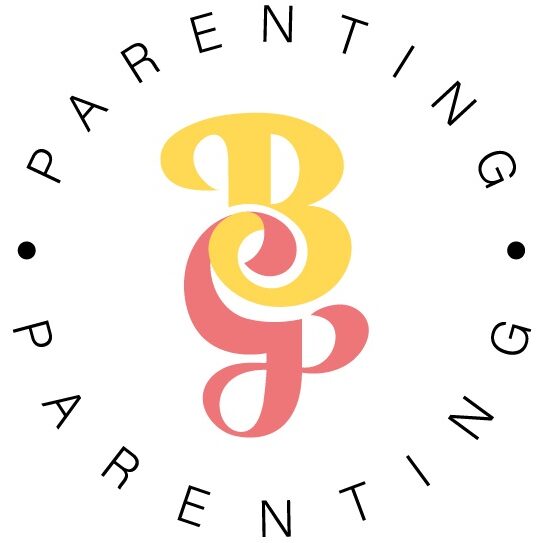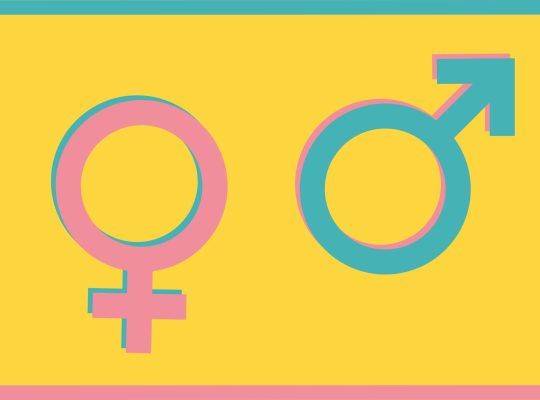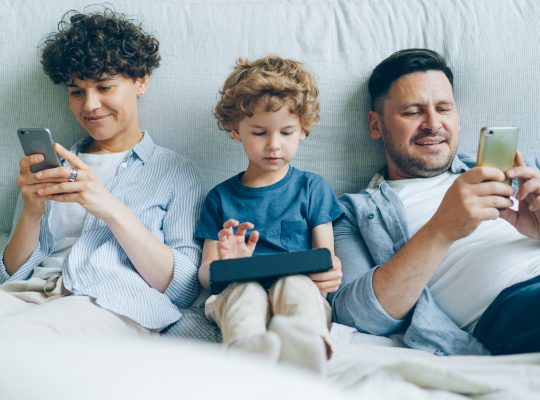“The truth is, no one of us can be free until everybody is free.” – Maya Angelou.
What is bisexuality?
Bisexuality is a sexual orientation where an individual feels attraction to more than one gender. This could mean attraction to both men and women, and also to people of non-binary genders. It’s vital to recognise that bisexuality is a legitimate and authentic identity within the LGBTQIA+ community, not merely a phase or a state of confusion. Bisexual individuals experience real and profound attractions to multiple genders.
The importance of inclusivity and acceptance
For every parent, regardless of whether your child identifies within the LGBTQIA+ spectrum, cultivating an environment of inclusivity and acceptance within the family unit is key. This nurturing atmosphere supports the emotional and mental well-being of LGBTQIA+ individuals and fosters a compassionate and understanding community.
1. Open dialogue
- Create a safe space: Foster open, honest conversations about sexuality and identity in your home. Assure your child that they can discuss anything with you without fear of judgement or rejection. This open-door policy should embrace discussions about bisexuality, other sexual orientations, and gender identities.
- Ask questions respectfully: If your child or their friend identifies as bisexual, engage with curiosity and respect. Asking questions to understand their experience better is fine, but avoid pressuring them to justify or explain their feelings unnecessarily.
2. Educate yourself
- Learn about bisexuality: Grasping the complexities of bisexuality can enable you to provide more informed support. For instance, understanding that bisexuality does not require an equal attraction to all genders and is not about being indecisive can help dispel common misconceptions.
- Understand intersectionality: Consider how bisexuality may intersect with other aspects of a person’s identity, such as race, religion, or culture. A bisexual person of colour will face different challenges than a white bisexual individual.
3. Promote inclusivity in everyday life
- Use inclusive language: Sidestep assumptions about anyone’s sexual orientation. For example, instead of asking if your child has a boyfriend or girlfriend, simply ask if they are seeing someone. Such small shifts in language can make a significant difference in fostering an inclusive environment.
- Support diverse representation: Expose your family to media that portrays bisexual and other LGBTQIA+ identities positively. This helps normalise these identities and shows that love and attraction are diverse and universal.
4. Challenge stereotypes and biphobia

- Address myths: Bisexual people often face stereotypes of being promiscuous or indecisive. When you hear these myths, counter them, and teach your children to do the same. Reaffirm that bisexuality is a valid orientation deserving of respect.
- Stand against biphobia: Biphobia, or prejudice against bisexual individuals, can come from both outside and within the LGBTQIA+ community. I invite you to call out all forms of discrimination as unacceptable in your home and community. Bisexual people, including youth, often internalise this biphobia, which makes them question their validity and right to be, so support is vital.
5. Support your child’s friends
- Be an ally: Even if your child does not identify as bisexual or LGBTQIA+, they might have friends who do. Encourage them to be supportive allies by showing compassion, respect, and understanding.
- Model allyship: Demonstrate how to be an ally by being one yourself. Attend LGBTQIA+ events, support inclusive policies, and actively stand up against discrimination.
The importance of inclusivity and acceptance
In diverse family setups, whether single-parent, blended, polyamorous, or adoptive, the core principles of acceptance and inclusivity remain crucial. Each type of family may encounter unique challenges, but fostering respect for each individual’s identity within the family and open communication around the family structure itself and its challenges helps create a cohesive and supportive environment.
As a parent, your role in fostering that environment for bisexual and LGBTQIA+ individuals within your family and community cannot be overstated. By maintaining open dialogue, educating yourself, promoting inclusivity, challenging stereotypes, and supporting diverse family structures, you contribute to a world where everyone, irrespective of their sexual orientation or gender identity, is accepted and valued for who they are. Your efforts not only support LGBTQIA+ individuals but also impart crucial values of empathy, respect, and love to your children.







